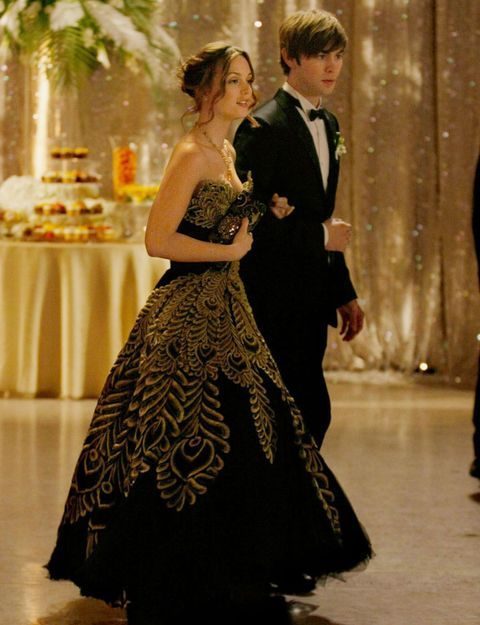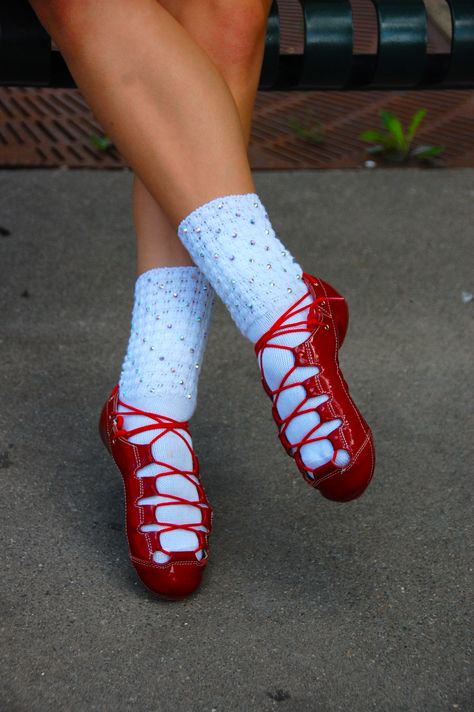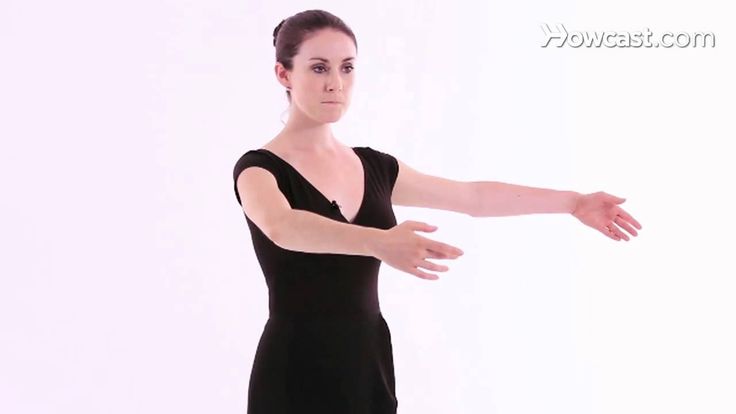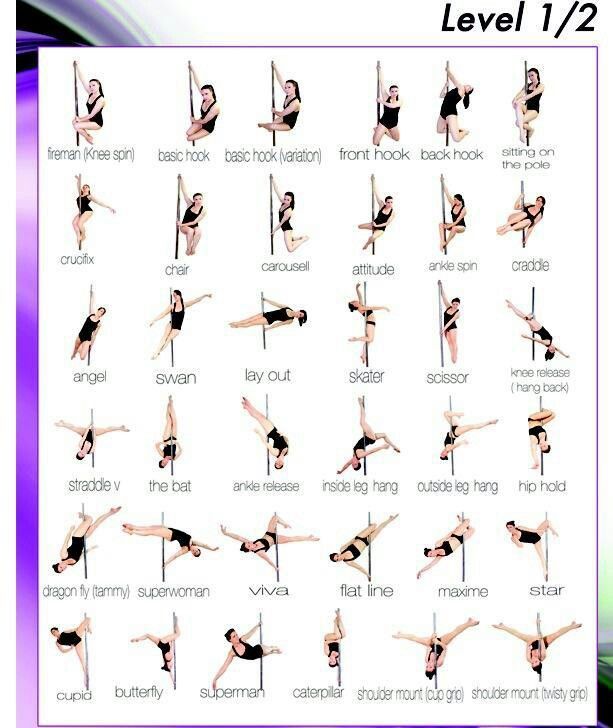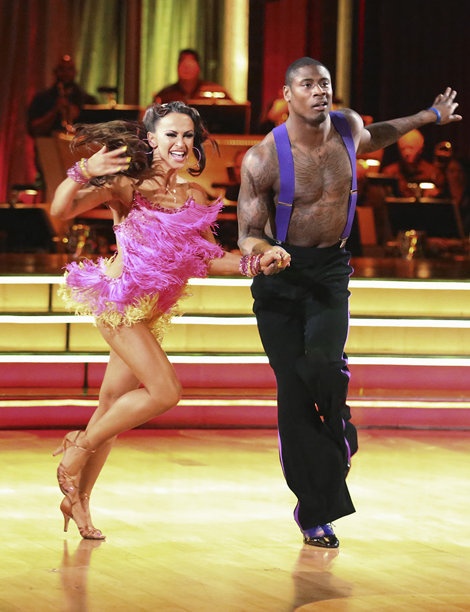How to dance the pavane
How to dance the Renaissance Pavane for Pocahontas,
Posted on by Holly Collins
How to dance the Renaissance Pavane for Pocahontas, a historically accurate princess danceDon’t you love the romance of a ball? The Renaissance ball in the Disney film Pocahontas 2 was a grand and elegant affair. Set in the post Elizabethan court of King James and Queen Anne, it displayed dignified dancing.
At the Ball
In the middle of the ball Pocahontas had the opportunity to dance with John Rolf. When John Rolf danced with Pocahontas, they demonstrated pieces of the court dance the Pavane. This was a classic court dance used to open ceremonies and balls in the Renaissance period.
To be taken seriously as a cultivated person, you were expected to have great dance skills, like knowing how to dance the Pavane. Everyone who was someone or wanted to be someone went to court. Going to court was the source of news in the country. It was the internet of yesteryear. A skilled dancer could advance their social rank through a display of dance skills.
Begin by showing reverence by bowing and curtsying to your partner and to the Royalty:
Gentleman bow to the lady; ladies curtsey could signal interest. Placing her flat hand over her heart indicated she was available to more than just dance interested in talking privately or court, and that they were a good girl. Status was demonstrated in the curtsy and bow. Your eyes were downcast and you would dip lower if you were of lower status than your partner.
Invitation to Dance
You always accept an invitation to dance. Declining to dance could keep you from being invited back. Holding hands during the dance could also send a signal. If then gentleman offered his hand palm up it indicated he was interested in something more like talking or courtship.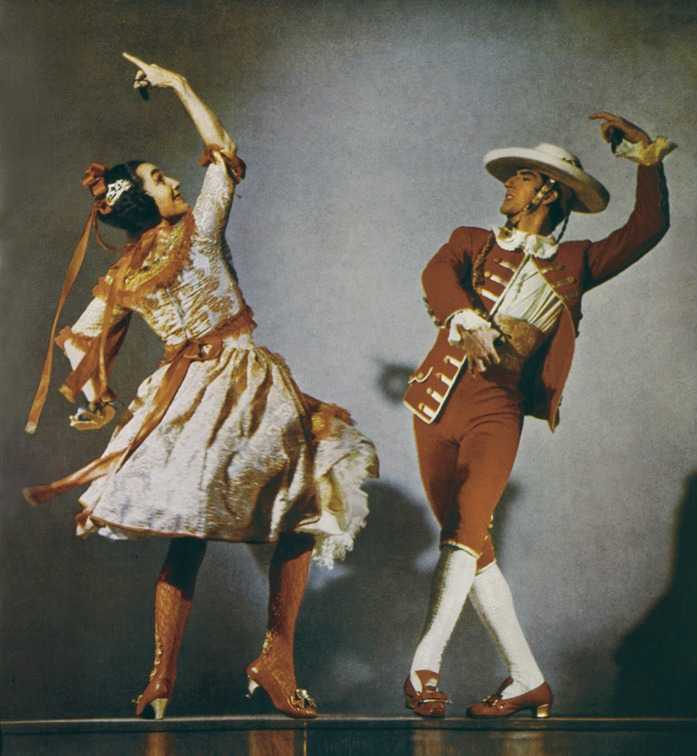 If the lady was open to his advance she would place her open hand in his palm to palm.
If the lady was open to his advance she would place her open hand in his palm to palm.
If the gentleman was only interested in dancing then he would place his palm down and the lady would place her palm on the back of his hand.
The lady had two other options. She could turn his hand palm up and place her palm in his indicating she was interested in more. If she was not interested she would turn his palm from up to down and place her hand on top. She was only interested in Dancing. Hands could be clasped if you were married. Hand squeezing would imply intimacy.
Basic step:Two singles:
Singles can be danced forward, backward or on a diagonal.
(1-Left foot step, 2-lift up to the toe in Releve’ and tap Right foot beside Left foot without weight. Repeat to the 3- Right, 4-lift up to the toe in Releve’ and tap Left foot beside Right foot without weight) – The purpose of the Releve’ was to show off the ladies lovely footwork, and to cause her skirts to billow out.
One double:
(1-Left Foot step, 2-close right foot to left foot, 3- Left foot step, 4-tap Right Foot) This can be repeated on the Right foot when the singles are commenced with the Right foot.
Begin with a curtsey and bow to each other for 6 counts.
Two Basic Pavane step side by side promenading down the floor, commenced with the left foot with the lady on the gentleman’s right side.
Pinwheel gentlemen 1 Pavane back ladies forward ( to avoid treading on the train’s on the ladies dresses)
One Basic Pavane step side by side promenading down the floor, commenced with the right foot.
Hand to hand pat-a-cake and circle, face partner hold right to right hand (using left foot) two single facing partner, then a double circling 180 to end in partners place,
Two Basic Pavane step side by side promenading down the floor, commenced with the left foot.
Face and turn, Face partner for two singles, then turn to your left for the double, then face partner for two more singles, and turn to your right for the double.
Repeat dance Sequence:
Repeat in reverse order facing where you came in from Ladies on gentleman’s left side.
Two Basic Pavane step side by side promenading down the floor, commenced with the left foot.
Hand to hand, face partner hold right to right hand (using left foot) two single facing partner, then a double circling 180 to end in partners place,
Two Basic Pavane step side by side promenading down the floor, commenced with the left foot.
Pinwheel gentlemen 1 Pavane back ladies forward ( to avoid treading on the train’s on the ladies dresses)
One Basic Pavane step side by side promenading down the floor, commenced with the right foot.
Curtsy and bow to each other
Song used:
Pavane by the St. Louis Brass Quintet on the Renaissance Faire album
About our film location:
The church we filmed in is Assumption of the Blessed Virgin Mary Catholic Parish. This parish was completed on May 12th, 1912 by Italian immigrant families in Welby Colorado. This beautiful church is located at 2361 East 78th Avenue Denver, CO 80229. We would like to thank Fr. Brian Morrow for allowing us to film in this beautiful location.
This beautiful church is located at 2361 East 78th Avenue Denver, CO 80229. We would like to thank Fr. Brian Morrow for allowing us to film in this beautiful location.
Holly Collins
WEDDING DANCE instruction
DANCE LESSONS.
author of
Holly’s hot wedding tips,
Historically Accurate Princess Dances,
Winner of:
The Knot Hall of Fame best wedding dance instruction,
top 50 Dance Blogs
Champion Ballroom Dancer & Coach
owner of
Adventures in Dance
720-276-0562
[email protected]
www.adventuresindance.com
For dance tips,
join my email
Pavane - Encyclopedia of DanceSport
See also: Categories: Dances, History, Ballroom, DanceSport
Genre: Renaissance Dance
Time signature: 2/2 or 4/4 time
Year: 1508
Origin: Italy
Definition
The Pavane (pavan, paven, pavin, pavian, pavine, or pavyn) is a slow, majestic, processional dance that originated in Italy around 1508, common in Europe aristocracies during the 16th and 17th centuries (Renaissance).
Contents [hide]
- 1. Definition
- 2. Overview
- 3. The Dance
- 4. Relation to other Dances
- 5. Attire
- 6. Video Gallery
- 7. References
Overview
Until about 1650, the Pavane opened ceremonial balls and was used as a display of elegant dress. Adapted from the basse danse, an earlier court dance, the Pavane presumably traveled from Italy, originating around 1508, to France and England by way of Spain; in southern Spain it was performed in churches on solemn occasions.
The Dance
The Pavane was a very solemn couples gliding dance performed with long gliding (walking) steps in procession with many curtsies, retreats and advances. The lady rested her hand on the back of the man's, with ceremonial dignity.
Spain's new fashions in dress led the way for the Pavane, and consisted of gentlemen dressed with caps and swords, Princes in their mantles, and ladies in gowns and long trains dancing with a kind of strut-like motion, resembling that of a peacock. The ladies would sweep the trains of their dresses in this dance.
The ladies would sweep the trains of their dresses in this dance.
The dance was very simple. The Pavane's basic movement, to music in 2/2 or 4/4 time, consisted of forward and backward steps; the dancers rose onto the balls of their feet and swayed from side to side. A column of couples circled the ballroom, and the dancers occasionally sang.
By about 1600, livelier steps like the fleuret (a brief lift of each foot before a step) made the dance less pompous.
The upper-class and nobility favored these dances at the time, which were most popular in Italy, Spain and France.
Relation to other Dances
It has been said that the Minuet comes from the Pavane (but the Courante is more correct). The Minuet or the vigorous Galliard customarily followed the Pavane as an after-dance. The Pavane was also replaced later by the Courante in popularity (Louis XIV put the Pavane aside for the Courante).
The Passamezzo was a livelier Italian contemporary of the Pavane.
The paired dances, Pavane and Galliard, were a forerunner of the instrumental dance suites of the 17th century. Pavanes appear in a few early suites (e.g., the padouanas in some suites of Johann Hermann Schein). Later, composers occasionally used the Pavane as an instrumental piece; e.g., Fauré (Pavane for Orchestra) and Ravel (Pavane for a Dead Princess).
Attire
The costuming was of silks, satins, and rich brocade, made up after the style of the Medici days. The men were in feathered hats of the Tudor shapes, close habits, puffed breeches, and shoulder capes, with swords at their sides, as the courtiers of Queen Elizabeth's (1553-1603) Courts.
The women would wear velvet or satin trains from the shoulders attached beneath ruffs, over brocaded or satin gowns with the distinct front breadth of lace or jeweled embroidery, hoops, long pointed bodices with jeweled stomachers, and sleeves puffed from shoulder to wrist.
Video Gallery
References
- Pavane
- Pavane
- Pavane
You can also search for Pavane to check for alternative titles or spellings.
- Log in or create an account to start a new article or edit this article.
- Search for "Pavane" in existing articles.
Categories: Dances, History, Ballroom, DanceSport
Pavane | Belcanto.ru
ital. pavana; Spanish pavana; French pavane, pavenne; English pavan, paven, pavin), padovana (Italian padovana, padoana)
Solemn slow dance, widespread in the 16th century. in Europe. There are 2 versions that interpret the origin of P. According to one, P. is originally Italian. dance, the name of which associated with the place of its origin - the city of Padua (Italian Padova, hence one of the common variants of the name. - padovana, padovana), in some dialects sounding like Pava, which served the source of another variant of the name. - pawan. According to another version, P. - dance Spanish origin; in such an interpretation of the name. "P." produce from lat. pavo - peacock and explain its etymology to the important and proud the nature of the dance (already in the 16th century, these terms and concepts were mixed up in performance by musicians). Italian padovana (unlike Spanish. pavans), according to the 2nd version, is completely different, independent. dance - fast, in sizes 6/8 or 12/8 close to galliarde, saltarello, beer (samples of such padovana are contained in the lute tablature of D. Bianchini, 1546, A. Rotta, 1546, etc.). There are reasons to believe that the term "padovana" was also used as a word denoting a generic concept - defined. type of dance that brings together pavanu and its variety - passa mezzo. First surviving samples of P. are in the lute tablature of J. A. Dalts, published Petrucci in Venice in 1508. Already at the beginning. 16th century P. has become one of the most popular adv. dances, displacing the previously common bass dance. In addition to Italian and Spanish. P., in the 1st third of the 16th century. were known P. French (ed. P. Attenyan, 1529) and German (G. Judenkünig, 1523). Most of the P. was composed in bipartite meter on 4/4, 4/2 (for example, in A. Cabeson), but among the early samples there are also tripartite P.
Italian padovana (unlike Spanish. pavans), according to the 2nd version, is completely different, independent. dance - fast, in sizes 6/8 or 12/8 close to galliarde, saltarello, beer (samples of such padovana are contained in the lute tablature of D. Bianchini, 1546, A. Rotta, 1546, etc.). There are reasons to believe that the term "padovana" was also used as a word denoting a generic concept - defined. type of dance that brings together pavanu and its variety - passa mezzo. First surviving samples of P. are in the lute tablature of J. A. Dalts, published Petrucci in Venice in 1508. Already at the beginning. 16th century P. has become one of the most popular adv. dances, displacing the previously common bass dance. In addition to Italian and Spanish. P., in the 1st third of the 16th century. were known P. French (ed. P. Attenyan, 1529) and German (G. Judenkünig, 1523). Most of the P. was composed in bipartite meter on 4/4, 4/2 (for example, in A. Cabeson), but among the early samples there are also tripartite P.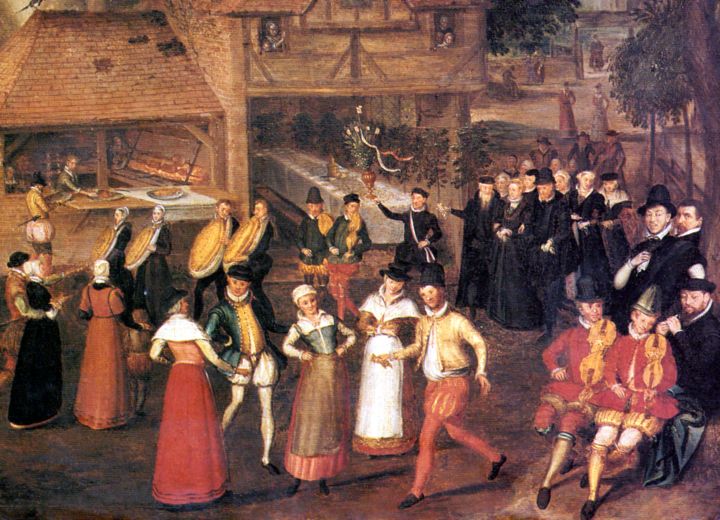 (for example, L. Milan, who wrote P. for the vihuela). For P.'s music is characterized by a clear structure, often squareness metrorhythm. structures, prem. chord presentation, sometimes colored with passages.
(for example, L. Milan, who wrote P. for the vihuela). For P.'s music is characterized by a clear structure, often squareness metrorhythm. structures, prem. chord presentation, sometimes colored with passages.
P. - one of the most majestic dances, it was danced in a raincoat and with a sword during decomp. celebrations. ceremonies: upon departure of the bride to the church, the output of princes, members of the mountains. management, etc.
Pavane for harpsichord (from the edition of P. Attenyan "Quatorze gaillardes, neuf pavanes...", 1529).
P.'s character is so serious and elevated that the Spaniards Salva Timonedos was dedicated according to one of their P. to the Mother of God. P. in one of choreographic options was a smooth movement of several. couples, which lasted until all the dancers did two or three circles (according to another version, P. danced single and double steps forward and backward; there was also a more complex version of P.'s choreography, described by F. Caroso in his "Il Ballarino", Venice, 1581). In accordance with the nature of the performance of the dance, the muses. P.'s form often consisted of 3 sections (ABC), each of which repeated. There is evidence that the music escort P. was performed by oboes and trombones with the support of a drum, emphasizing the rhythm of the dance.
Caroso in his "Il Ballarino", Venice, 1581). In accordance with the nature of the performance of the dance, the muses. P.'s form often consisted of 3 sections (ABC), each of which repeated. There is evidence that the music escort P. was performed by oboes and trombones with the support of a drum, emphasizing the rhythm of the dance.
In the 2nd half. 16th century dance P. has practically fallen out of use; her replaced the related passa mezzo dance. But up to the end. 17th century P. continued to exist as independent. instr. play (such P. for lutes, instr. ensemble met in the 1st floor. 16th century). Often instrumental P. was paired with a galliard - fast triple dance, as well as with others similar. dancing - saltarello, beer, padovana (in the above meaning). Thus, one of early types of suites, but at the same time. and variations, because at the heart of the galliard usually lay thematic. Material P. Instrumental P. reached heyday in the work of English. virginalists W. Bird, O. Gibbons, J. Dowland, J. Bull and others. In the 17th century. P. (usually called paduana) receives distribution as enter. parts of it. suites (similar to the way she used to join the dance at the ball) - at V. Hausmann, I. Staden, E. Wiedemann, S. Scheidt, I. Schein and others. At 18 in. P. completely disappeared; in the suite it was replaced by an allemande, in ital. sonata da camera - "synphony". Very rarely P. occurs in 19in. (for example, in the operas by C. Saint-Saens "Etienne Marcel", "Proserpina"; see also P. for choir and orchestra by G. Fauré). Sometimes they turn to her composers of the 20th century, for example. M. Ravel ("P. on the Death of the Infanta" for piano, P. Sleeping Beauty from the suite "My Mother Goose"). A. Berg introduces P. to the suite from the 1st scene of the 1st act of the opera Wozzeck, where she, like other dances, used rather on the principle of incompatibility genre and specific scene. situations. Traditional P.'s view is contained in ballet "Job" comp.
Gibbons, J. Dowland, J. Bull and others. In the 17th century. P. (usually called paduana) receives distribution as enter. parts of it. suites (similar to the way she used to join the dance at the ball) - at V. Hausmann, I. Staden, E. Wiedemann, S. Scheidt, I. Schein and others. At 18 in. P. completely disappeared; in the suite it was replaced by an allemande, in ital. sonata da camera - "synphony". Very rarely P. occurs in 19in. (for example, in the operas by C. Saint-Saens "Etienne Marcel", "Proserpina"; see also P. for choir and orchestra by G. Fauré). Sometimes they turn to her composers of the 20th century, for example. M. Ravel ("P. on the Death of the Infanta" for piano, P. Sleeping Beauty from the suite "My Mother Goose"). A. Berg introduces P. to the suite from the 1st scene of the 1st act of the opera Wozzeck, where she, like other dances, used rather on the principle of incompatibility genre and specific scene. situations. Traditional P.'s view is contained in ballet "Job" comp. R. Vaughan-Williams. back to original celebrations. P.'s character is closest to S. S. Prokofiev in the ballet "Cinderella" (see the 3rd suite from this ballet, No one).
R. Vaughan-Williams. back to original celebrations. P.'s character is closest to S. S. Prokofiev in the ballet "Cinderella" (see the 3rd suite from this ballet, No one).
Literature: Druskin M. S., Essays on the history of dance music, L., 1936.
T. S. Kyuregyan
Works
Pavane on the Death of the Infanta (Ravel) 09/24/2015 at 16:20
recommend
see also
5 Music genres
Bagatelle Music genres
Lisbon Cities
Miserere, Miserere Church music
Saxhorns Musical instruments
New York Cities
Offertory Church music
Terms and concepts
Opera vocal Opera, vocals, singing
Andante, andante Terms and concepts
Advertisement
Pavana - iskusstvo_zvuka — LiveJournal
***
Pavana (Italian pavana; Spanish pavana), padovana (Italian padovana), is a solemn slow dance common in the 16th century in Europe. There are 2 versions that interpret the origin of Pavana in different ways.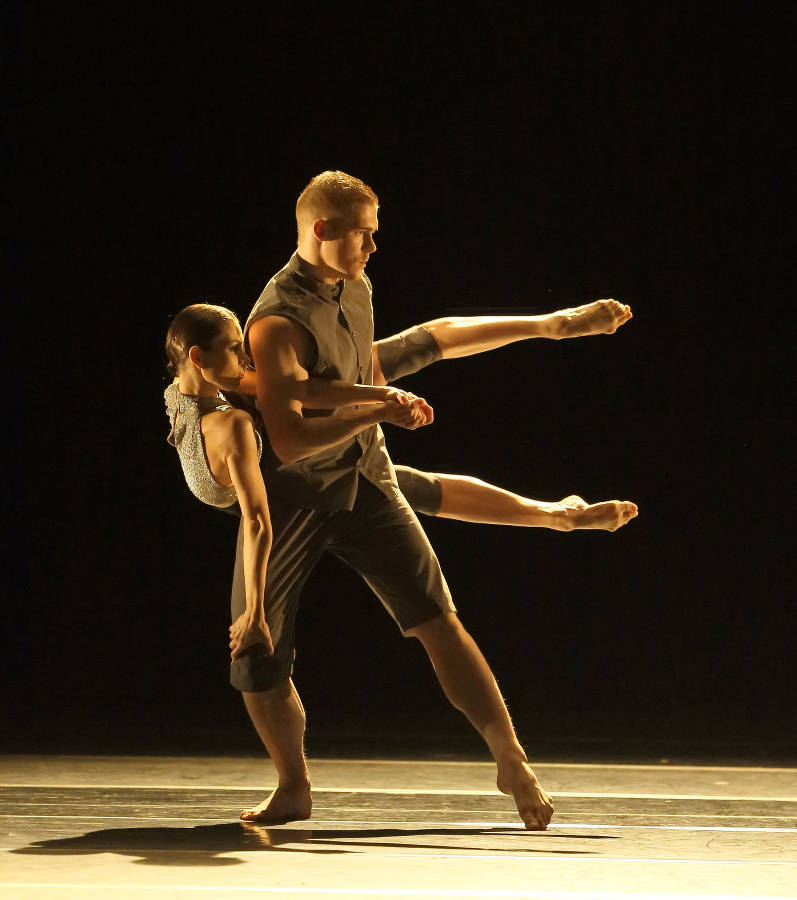 According to one, Pavane is a primordially Italian dance, the name of which is associated with the place of its origin - the city of Padua (Italian: Padova, hence one of the common variants of the name - padovana, padovana), in some dialects it sounds like Pava, which was the source of another version of the name - pavan. According to another version, Pavane is a dance of Spanish origin; in this interpretation, the name "Pavane" is derived from lat. pavo - peacock and explain its etymology by the important and proud character of the dance (already in the 16th century, these terms and concepts were mixed up in the minds of musicians).
According to one, Pavane is a primordially Italian dance, the name of which is associated with the place of its origin - the city of Padua (Italian: Padova, hence one of the common variants of the name - padovana, padovana), in some dialects it sounds like Pava, which was the source of another version of the name - pavan. According to another version, Pavane is a dance of Spanish origin; in this interpretation, the name "Pavane" is derived from lat. pavo - peacock and explain its etymology by the important and proud character of the dance (already in the 16th century, these terms and concepts were mixed up in the minds of musicians).
Italian padovana (unlike the Spanish pavana), according to the 2nd version, is a completely different, independent dance - fast, close to galliarde in 6/8 or 12/8 time signatures, saltarello (samples of such padovana are contained in the lute tablature of D. Bianchini, 1546, A. Rotta, 1546, etc.). There is reason to believe that the term "padovana" was also used as a word denoting a generic concept - a certain type of dance that combines pavana and its variety - passa mezzo.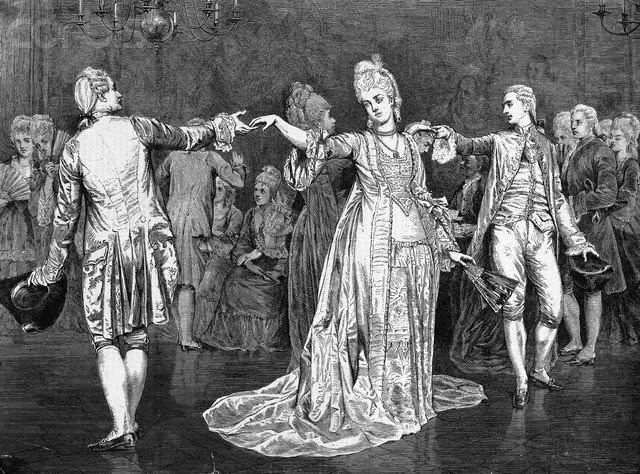 The first surviving examples of Pavane are in the lute tablature by J. A. Dalts, published by Petrucci in Venice in 1508.
The first surviving examples of Pavane are in the lute tablature by J. A. Dalts, published by Petrucci in Venice in 1508.
Antonio de Cabezón - Pavana con su glosa
Already at the beginning of the 16th century. The pavane has become one of the most popular court dances. In addition to the Italian and Spanish Pavanes, in the 1st third of the 16th century. French pavans were known (published by P. Attenyan, 1529) and German (G. Judenkünig, 1523). Most of the Pavanes were composed in two-part meter on 4/4, 4/2 (for example, in A. Cabezon), but among the early examples there are also three-part Pavans (for example, in L. Milan, who wrote Pavans for the vihuela). Pavana's music is characterized by a clear structure, often a square meter-rhythmic structure, predominantly chord presentation, sometimes colored with passages.
Pavane - one of the most majestic dances, it was danced in a cloak and with a sword during various solemn ceremonies: when the bride left for church, when princes, members of the city government, etc.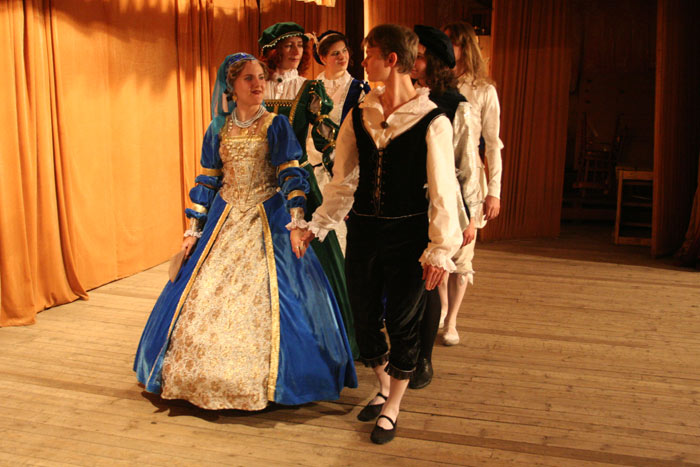
Renaissance Dance, Pavane
Pavane character so serious and exalted that the Spaniards Salva and Timoneda dedicated one of their Pavanes to the Mother of God. Pavana in one of the choreographic options was a smooth movement of several couples, which continued until all the dancers did two or three circles (according to another version, Pavana was danced with single and double steps back and forth; there was also a more complex version of Pavana's choreography, described by F. Caroso in his "Il Ballarino", Venice, 1581). In accordance with the nature of the performance of the dance, the musical form of Pavana often consisted of 3 sections (ABC), each of which was repeated. There is evidence that Pavana's musical accompaniment was performed by oboes and trombones, supported by a drum that emphasizes the rhythm of the dance.
Jan Pieterszoon Sweelinck (1562 – 1621). Pavana Lachrimae
In the 2nd half of the 16th c. the dancing Pavane has practically fallen into disuse; it was replaced by the related passa mezzo dance. But until the end of the 17th century. The pavane continued to exist as an independent instrumental piece (such pavanes for the lute and instrumental ensemble were also encountered in the first half of the 16th century). Often, the instrumental Pavane was paired with a galliard - a fast three-beat dance, as well as with other similar dances - saltarello, beer, padovana (in the above meaning).
But until the end of the 17th century. The pavane continued to exist as an independent instrumental piece (such pavanes for the lute and instrumental ensemble were also encountered in the first half of the 16th century). Often, the instrumental Pavane was paired with a galliard - a fast three-beat dance, as well as with other similar dances - saltarello, beer, padovana (in the above meaning).
PAVANA - GALLARDA - Luys de Milán (a.1500 - d.1561)
This is how one of the early types of the suite arose, and at the same time variations, since the galliard was usually based on the thematic material of Pavane. The instrumental Pavane flourished in the work of the English virginalists W. Byrd, O. Gibbons, J. Dowland, J. Bull and others. The pavane (usually called paduana) is becoming popular as the opening part of the German suite (just as it used to be the opening dance at the ball) - by W. Hausmann, I. Staden, E. Wiedemann, S. Scheidt, I. Schein and others.


